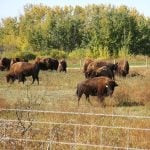
Tag Archives Calving

Dealing with retained placentas in beef cows
Strive to prevent retained placentas as much as possible, says a large animal vet
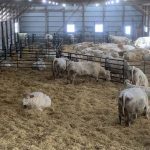
Shelter, feed keys to successful winter calving
A Charolais producer and a beef specialist share tips for calving in the bitter cold of winter
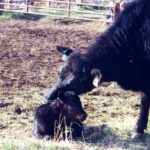
Canadian Angus calving book available as an app
Purely Purebred, news from the February 2023 issue of Canadian Cattlemen
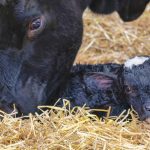
New calving tech and farmer-based innovations
Whether it’s artificial intelligence or a simple piece of equipment, there are several innovations that can help cut losses and make calving season easier

Plan ahead for winter calving
Vet Advice with Dr. Ron Clarke
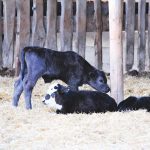
Cold stress in newborn calves
Veterinary Case Study: Although Jim had prepared a warm calving shelter, he hadn’t counted on a cold snap that threatened his newborn calves

Withstanding extreme cold while winter calving
While many producers prefer spring calving, Matthew Ramsey shifted his calving season to January to avoid Manitoba’s wet April weather
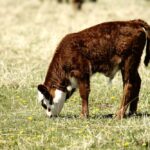
New calculator to help analyze Johne’s testing options
The online tool provides producers with a range of possible management scenarios for their herds

Lupines and crooked calves
If you’ve seen birth defects such as fused joints, crooked legs or cleft palates in your newborn calves, toxic plants could be the culprits
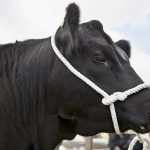
The essentials to achieving anything worthwhile
Veterinary Case Study: The three great essentials to achieving anything worthwhile are hard work, stick-to-it-iveness and common sense



